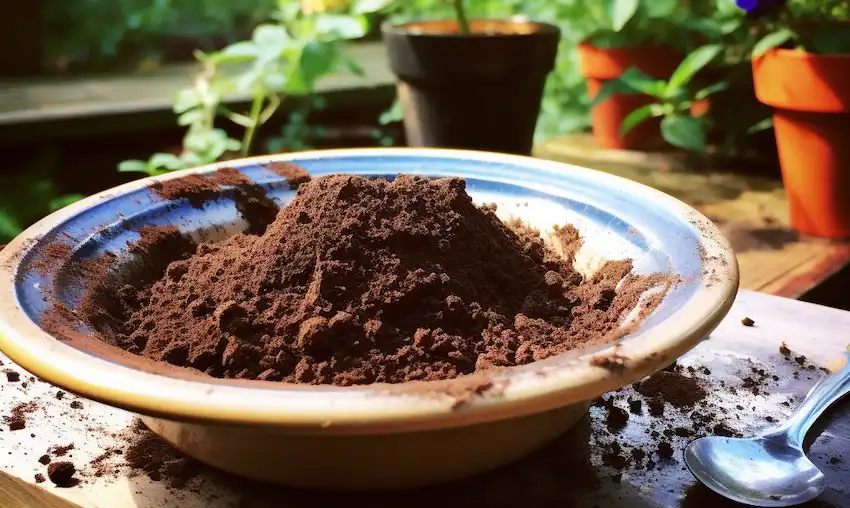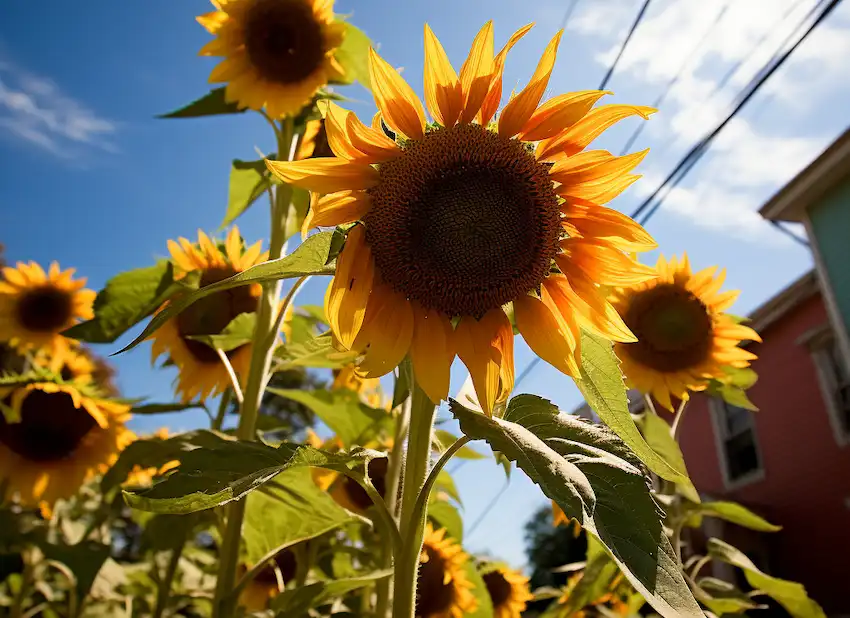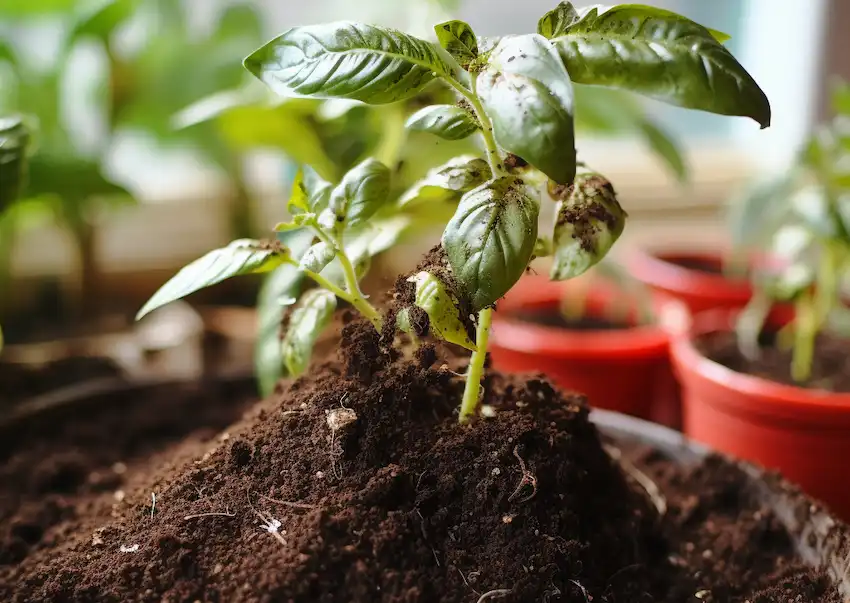Discovering Plant Favorites: The Best Plants for Thriving on Used Coffee Grounds
Used coffee grounds can be a great addition to your garden, providing numerous benefits for a variety of plants. Here’s a detailed look at the types of plants that love used coffee grounds, why they are beneficial, and how to use them effectively.

Plants That Love Used Coffee Grounds
- Azalea and Rhododendron: These flowering shrubs thrive in nutrient-rich and well-aerated soil with low pH levels. Coffee grounds provide these conditions and encourage brightly colored blooms.
- Camellia: Known for their beautiful petals in various colors, Camellias flourish with the addition of coffee grounds to their soil.
- Hydrangeas: The addition of coffee grounds can influence the color of Hydrangeas’ blooms, particularly turning them blue.
- African Violets: These plants benefit from the optimal pH levels and nutrient enrichment provided by coffee grounds.
- Ferns: Ferns, which naturally grow in acidic forest floors, can thrive with the addition of coffee grounds, improving their health and charm.
- Christmas Cactus: Coffee grounds can promote healthy growth and stunning blooms in Christmas Cactus plants.
- Jade Plant: Adding coffee grounds to Jade Plants can encourage regular and vigorous blooms, boosting their beauty and resilience.
- Snake Plant: Incorporating coffee grounds into the care routine of Snake Plants enhances their soil structure and provides valuable nutrients for healthy growth.
- Cyclamen: Coffee grounds enrich the soil and provide the required acidity levels for Cyclamen, enhancing their beauty.
- Daffodils: Reward Daffodils with coffee grounds as winter ends to aid their growth, vibrancy, and beauty.
- Sunflowers: Coffee grounds contribute to the growth and vibrancy of Sunflowers, supporting their towering stalks and sunny flowers.
- Tomatoes, Carrots, Radishes, Potatoes: These vegetables benefit from the nitrogen content in coffee grounds, promoting vigorous growth and higher yields.

Why Coffee Grounds Are Beneficial
- Nutrient Source: Coffee grounds are rich in essential nutrients like nitrogen, potassium, phosphorus, calcium, iron, magnesium, and more.
- Organic Matter: They improve soil structure, water retention, and aeration, creating a favorable environment for root growth.
- pH Adjustment: Coffee grounds are slightly acidic, benefiting acid-loving plants.
- Microbial Activity: They encourage the growth of beneficial microorganisms.
- Slow Release of Nutrients: Coffee grounds break down slowly, providing steady nutrient release.
- Repellent Properties: They can deter pests like ants, snails, and slugs.
- Soil Texture Improvement: Coffee grounds can improve the texture of heavy or compacted soils.
How to Use Coffee Grounds

- In Moderation: Use coffee grounds sparingly to avoid issues like soil compaction or imbalanced nutrient levels.
- Mix with Compost: Combine coffee grounds with other compost or potting mix for balanced nutrients.
- Drying and Spreading: Let coffee grounds dry before adding them to soil, and spread them in a thin layer.
- Watering After Application: Water plants after adding coffee grounds to facilitate nutrient absorption.
- Avoid Young Plants: Do not use coffee grounds on young plants or seedlings.
- Frequency of Application: For most plants, apply coffee grounds once every few months. Acid-loving plants may benefit from more frequent applications.
Remember, while coffee grounds are beneficial for many plants, they should be used wisely and in moderation to avoid any adverse effects.
Inspired by this? Share the article with your friends!


















